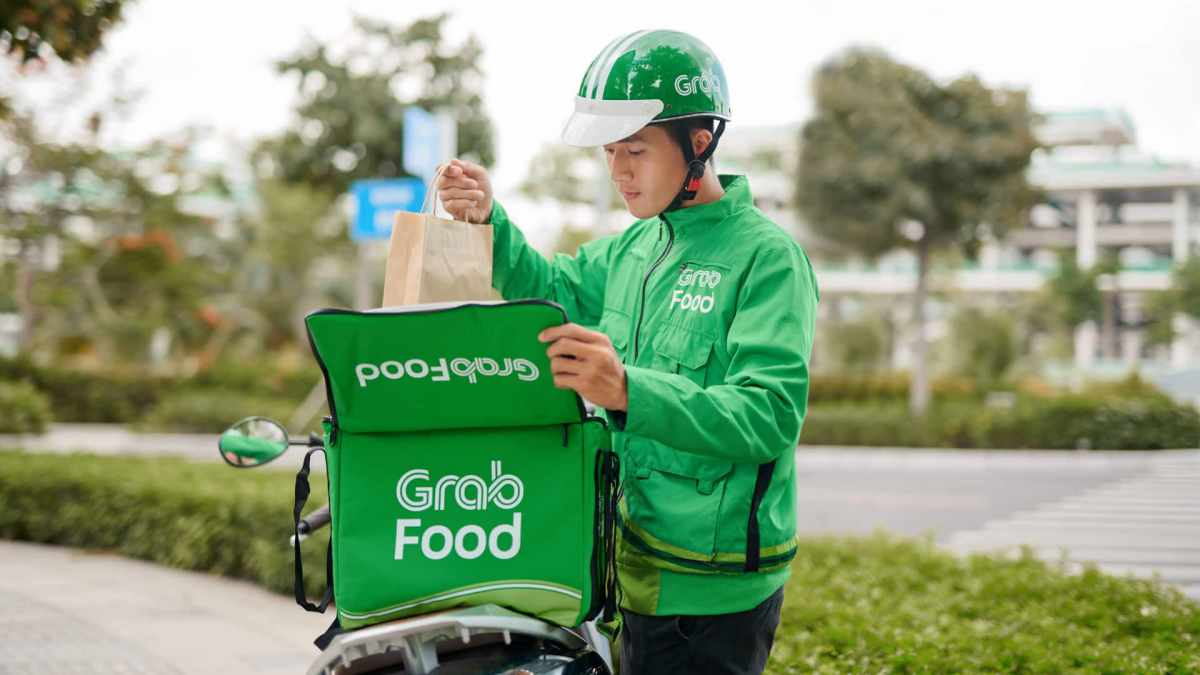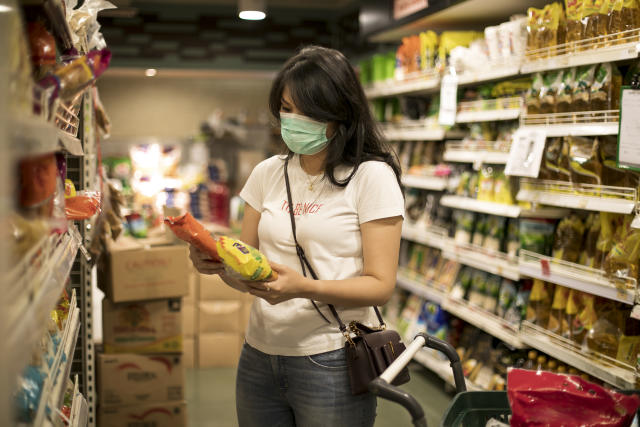Investor Day takeaways
- Grab looks to achieve adj. EBITDA breakeven by 2H24F as it focuses on sustainable growth and accelerating its path to profitability.
- Key initiatives: 1) grow customer loyalty and maximise users’ lifetime value, 2) lowering platform cost to serve, 3) exit services with weak unit economics.
- Grab also shared strategies for its two medium-term growth drivers: digital bank and advertising business. Maintain Add; TP based on SOP valuation.
Focusing on path to profitability – adj. EBITDA breakeven by 2H24F
During its Investor Day today, Grab detailed various strategic initiatives to drive growth while optimising costs as it charts its path to profitability. This was accompanied by various financial milestones: 1) group adj. LBITDA of US$380m in 2H22F (-27% hoh), followed by 2) sequential improvements to reach group level adj. EBITDA breakeven by 2H24F – both of which are in line with our expectations, but ahead of Bloomberg consensus. With a focus on sustainable growth, Grab also guided for FY23F revenue growth of 45%-55% yoy on a constant currency basis (both our and Bloomberg consensus forecasts are at the higher end of its guidance).
Doubling down on services with strong proposition
For its core businesses (ride-hailing, food deliveries, financial services), Grab’s goal is to maximise users’ lifetime value while lowering the platform’s cost to serve. Initiatives such as GrabUnlimited (subscription plan) and GrabForBusiness (corporate accounts) will be further rolled out to promote customer loyalty, usage frequency and promote cross-selling across services. Meanwhile, technological advancements such as just-in-time driver allocation, order batching, route optimisation (through proprietary GrabMaps) are helping to increase drivers’ hourly earnings, and reduce subsidies. Meanwhile, Grab will scale back on services with weaker unit economics (dark store formats for grocery deliveries, off-platform payment services that are contribution-negative).
Digital bank and advertising – medium-term growth drivers
Leveraging Grab and its partners’ ecosystem in Singapore, Malaysia and Indonesia, the digital banks have potential reach of 120m retail and 12m MSMEs upon launch. Additionally, it will enjoy benefits such as lower costs vs. peers on distribution and customer acquisition, as well as better credit scoring models. Rollout will be done prudently, with digital bank operation losses peaking in FY23F and breakeven achieved by FY26F. On ads, Grab is working on unifying its merchant marketing offerings into a self-service platform, which is expected to help the segment scale faster.
Regulatory risks baked into guidance
Grab is working closely with regulators on gig worker protection policies – Grab notes that governments have recognised the importance of the gig economy and the constructive employment that it represents. As such, Grab expects potential implementation of mandatory retirement benefits and insurance benefits to be carried out in a gradual manner, at a level playing field for all platform players. Grab has baked in the potential impact into its medium-term steady state margin guidance.






